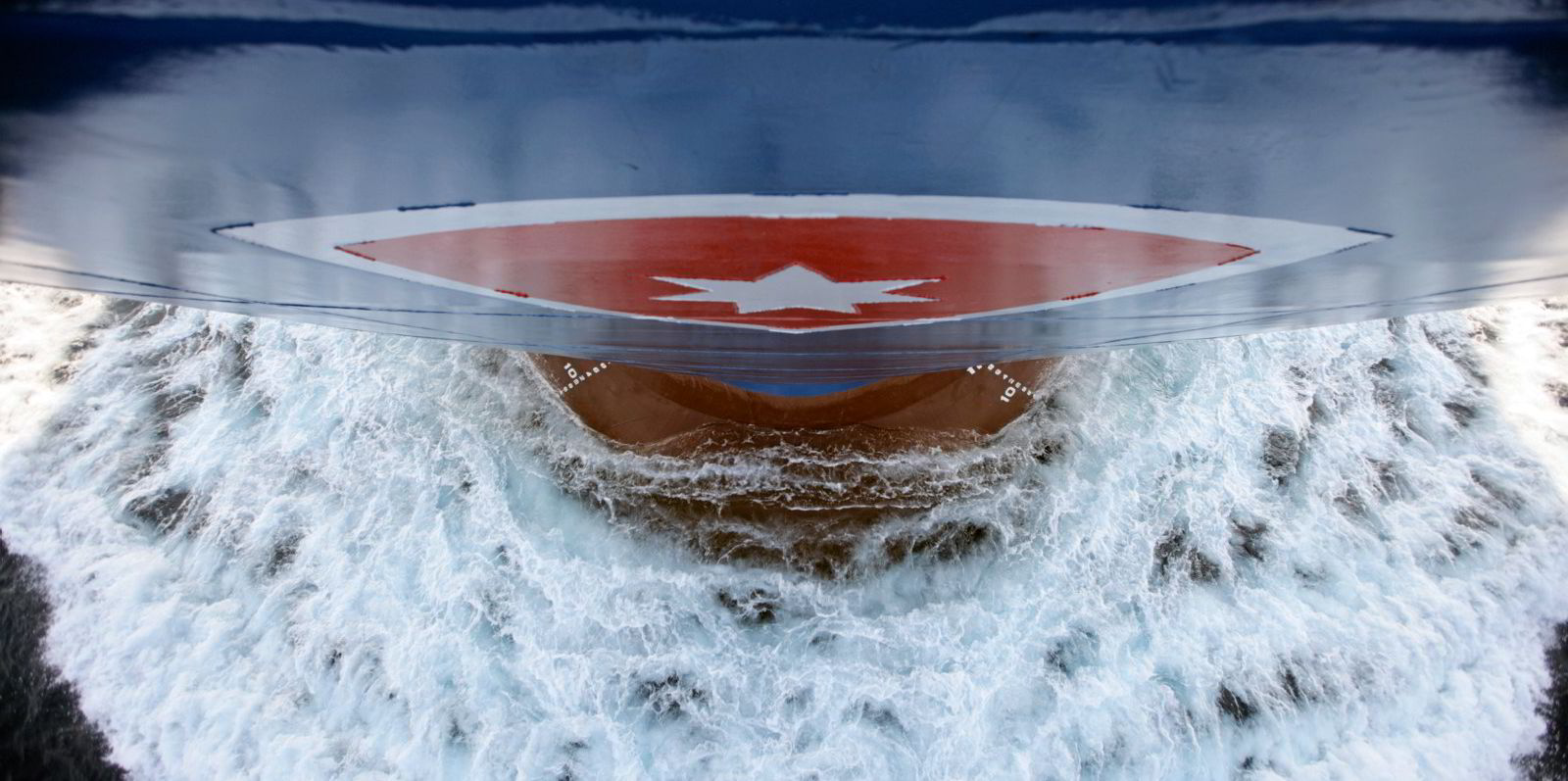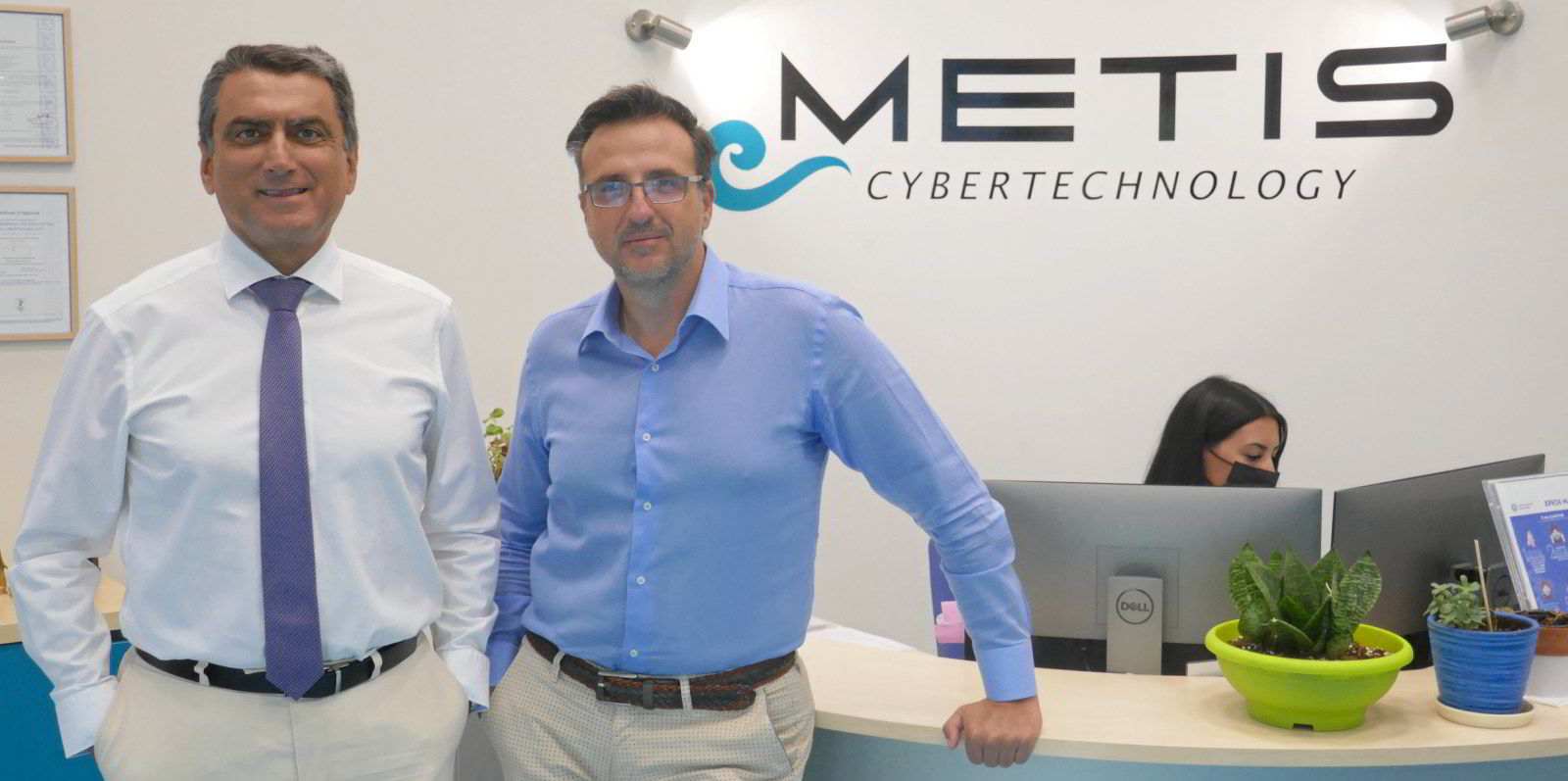With today's trading merchant fleet now numbering 74,505 ships — according to the Bimco ICS Seafarer Workforce Report 2021 — the vast majority of emissions reductions needed to meet the International Maritime Organization's 40% cut in greenhouse gases by 2030 will have to come from improving the performance of existing vessels.
Often, more efficient fuel consumption and lower emissions are considered two sides of the same coin.
But even where "slow steaming" has appeared to show shipping economics and environmental objectives converging, going slow is no panacea: it also means steaming for longer, less efficient part load engine operation and, effectively, more emissions per rpm.
And the realities of a volatile shipping market can support demands to turn up the power. Increased rates can encourage faster operating speeds or postpone dry-dockings to the detriment of engine maintenance. Both choices lead to more emissions per voyage.
Therefore, balancing economic and environmental imperatives is best served by establishing route/speed combinations that really do optimise vessel performance and minimise emissions.
But that is easier said than done. Research has shown that no two vessels — not even sisterships — achieve uniform performance. It can vary quite enormously between vessels built to the same design at the same yard in the same year over comparable voyages.
So, achieving the greenhouse gas reductions that shipping has committed to requires being able to measure, then calculate, report and analyse the actual performance and emissions of individual ships before one can start to try to optimise them.
Some sections of the industry may feel they have "heard it all before" about vessel performance data as many ships already routinely report on 150 to 300 parameters — including engines, torque and flow, cargo control, generators, turbo chargers and navigation.
But to be sceptical would be to fail to grasp that optimising business for shipping’s low-carbon future will demand not more fragments of individual performance data, but the ability to fully use actual, normalised, real-time data.

Clearly, the performance of ship systems is interdependent, as well as being subject to external conditions. It is in this context that the true impact of artificial intelligence (AI) can be felt.
The energy efficiency indices (EEOI or AER) developed by regulators are of limited use if they reflect single actions, but become extremely helpful when they are based on actual data that is automatically gathered and continuously reported from each voyage.
AI can use existing IT to combine vessel-specific, non-generic information on voyage management, fuel oil consumption, route optimisation, hull and propeller fouling, charterparty terms, management and weather predictions to enhance operational decision-making.
The impact of real data is clear in the graph below, which shows the actual fuel consumption experienced by one ship operating at different speeds over the course of several voyages.

The correlation between speed and fuel consumption is not described by any engineering or mathematical formula but is generated from machine learning AI models based on data automatically gathered from the vessel over several real voyages.
The value of real data gathered over time is amplified by other research that shows that no two vessels — not even sisterships — achieve a uniform performance.
Metis monitored three sister vessels owned by the same company, built in the same shipyard in the same year, and found a variance of 120 tonnes in fuel oil consumption over similar voyages in comparable conditions.
Rather than simplifications based on outdated ship delivery reference data or jumping to the wrong conclusion based on the analysis of single factors, such as engine performance, AI allows fuel efficiency and emissions optimisation to be based on multiple variables.
From the operational point of view, this multifaceted approach can provide a truly accurate methodology to evaluate steps to optimise performance, such as main engine maintenance, hull cleaning and painting.
It can also allow the owner to evaluate and override recommendations from advisory software where these are inconsistent.
Using actual data from a real ship also offers a basis to ensure the agreed speed/consumption figures specified in a charterparty agreement are being met as well as any emissions reduction targets.
By basing results on cumulative voyages, a shipowner or operator can agree realistic and achievable charter terms based on the actual condition of individual ships.
Mike Konstantinidis is chief executive of Metis Cyberspace Technology
Do you have an opinion to share? Email: news@tradewindsnews.com





